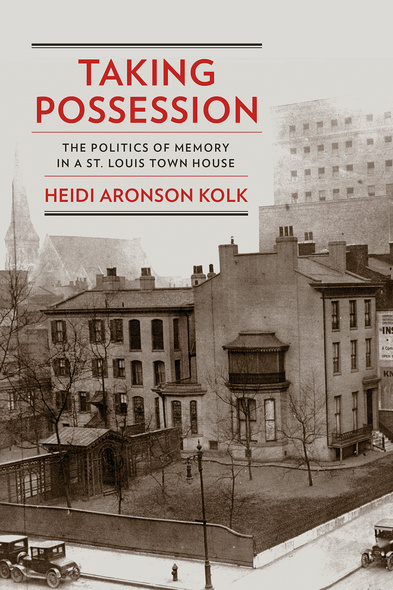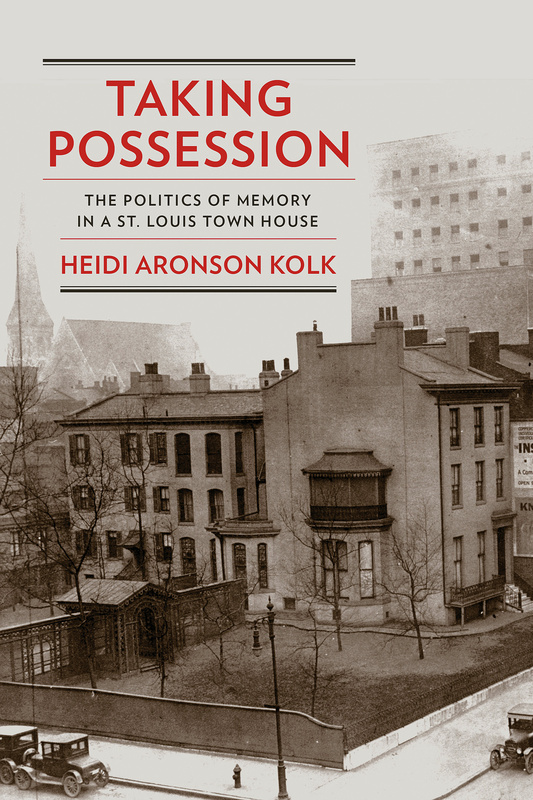Taking Possession
The Politics of Memory in a St. Louis Town House
University of Massachusetts Press
West of downtown St. Louis sits an 1851 town house that bears no obvious relationship to the monumental architecture, trendy condominiums, and sports stadia of its surroundings. Originally the residence of a fur-trade tycoon and now the Campbell House Museum, the house has been subject to energetic preservation and heritage work for some 130 years.
In Taking Possession, Heidi Aronson Kolk explores the complex and sometimes contradictory motivations for safeguarding the house as a site of public memory. Crafting narratives about the past that comforted business elites and white middle-class patrons, museum promoters assuaged concerns about the city's most pressing problems, including racial and economic inequality, segregation and privatization, and the legacies of violence for which St. Louis has been known since Ferguson. Kolk's case study illuminates the processes by which civic pride and cultural solidarity have been manufactured in a fragmented and turbulent city, showing how closely linked are acts of memory and forgetting, nostalgia and shame.
In Taking Possession, Heidi Aronson Kolk explores the complex and sometimes contradictory motivations for safeguarding the house as a site of public memory. Crafting narratives about the past that comforted business elites and white middle-class patrons, museum promoters assuaged concerns about the city's most pressing problems, including racial and economic inequality, segregation and privatization, and the legacies of violence for which St. Louis has been known since Ferguson. Kolk's case study illuminates the processes by which civic pride and cultural solidarity have been manufactured in a fragmented and turbulent city, showing how closely linked are acts of memory and forgetting, nostalgia and shame.
Kolk's prose is sharp and often elegant; her work provides scholars and museum professionals with a model for probing the connection between artifacts and public memory.'—Andrew Hurley, author of Beyond Preservation: Using Public History to Revitalize Inner Cities
'With a wide range of sources and well-crafted narratives, Kolk makes a significant contribution to public history by establishing the individual house museum as a rich and substantial primary source.'—Patricia West, curator of Martin Van Buren National Historic Site and author of Domesticating History: The Political Origins of America's Historic House Museums
'Kolk argues persuasively that the preservation of the Campbell House, far from being a simple story of maintaining a past treasure, was a local elite's active attempt to possess and shape the meaning of the past in the face of the complex issues of race and space in the urban core of St. Louis . . . absolutely vital to contemporary conversations about race, equality, and the role of public sites.'—Missouri Historical Review
'Though Kolk focuses in on the story of the preservation effort surrounding this one particular historic site, her arguments certainly have resonance for those engaged in the politics and practices of historical preservation more broadly.'—Urban Geography
HEIDI ARONSON KOLK is assistant professor in the Sam Fox School of Design and Visual Arts and assistant vice provost of academic assessment at Washington University in St. Louis.





